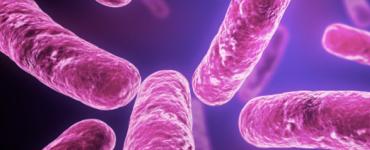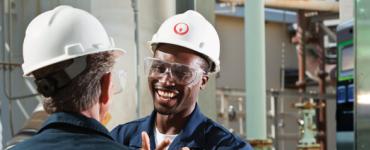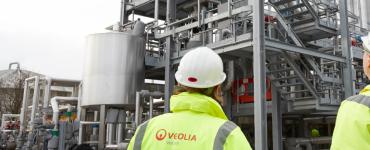- Home
- Latest News
- Water Treatment for Dialysis

Water Treatment for Dialysis
Since the start of dialysis therapy in the early 1970's, the number of patients needing renal replacement therapy worldwide has constantly increased. In 1980 over 150,000 patients were on regular dialysis and estimates suggest an increase to nearly 4 million patients by 2020.
Modern renal care relies on the use of high tech medical devices, drugs, disposable products and vast amounts of high grade water. A typical dialysis patient would require up to 22,000 litres of high grade water per year.
Water purification for dialysis encompasses a series of technical subunits and all together the water treatment system must be compliant with ISO 26722: 2009 "Water Treatment for Contemporary Haemodialysis Applications and Related Therapies".
The treated water distributed to the dialysis machines must be compliant with ISO 13959: 2009 "Water for Haemodialysis and Related Therapies", whilst document ISO 23500: 2011 "Guidance for the Preparation and Quality Management of Fluids for Haemodialysis and related Therapies" gives guidance on the most effective way to achieve the required quality.
A water treatment system for renal dialysis consist of three basic sections: a pre-treatment section that conditions the water supplied to the primary purification device which may be followed by other devices that increase the final water quality. The pre-treatment commonly includes cartridge filters, water softeners and activated carbon filters. The primary purification process for renal dialysis will almost always be reverse osmosis.
Current scientific evidence demonstrates the benefits of ultrapure dialysis fluid for the outcome of haemodialysis. Ultra-filtration (Endotoxin retentive filters) can be used to polish the product water from the reverse osmosis system.
Reverse osmosis (RO) systems have become widely used in haemodialysis water treatment systems because these devices remove dissolved inorganic solutes as well as bacteria and endotoxins. The RO membrane separation process components are a semi-permeable membrane in spiral wound configuration, a pump and various flow and pressure controls to direct the flow of water through the system. In operation, the pre-treated water is pressurised by the RO pump and is then directed along the surface of the membrane. A portion of the water is forced through the membrane, a process that removes the inorganic salts, bacteria and endotoxins. This is known as product or permeate water. The remainder of the water continues along the membrane surface to drain. This is referred to as concentrate or reject water. In some membrane systems, a portion of the reject water is recycled allowing higher velocities across the membrane which reduces fouling and overall higher overall use of water.
Ultra-filtration is a membrane based separation device used to remove both bacteria and endotoxins. Ultra-filtration in water treatment systems for haemodialysis is typically in hollow fibre configuration operated in a cross-flow mode which allows the reject water to be fully recovered.
The high grade treated water is now distributed to points of use including haemodialysis machines via a direct feed system. The water distribution system must be configured as a continuous loop and designed to minimise bacterial proliferation and biofilm formation. The entire system is designed to have excess / unused water in the distribution loop to the purification process.
The distribution system must be constructed of materials that do not contribute chemicals or bacterial contaminants to the water and compatible with the proposed method of disinfection.
The water distribution system should be disinfected on a regular schedule that allows the microbial limits in the treated water to be met routinely. Hot water, typically at 85oC, is the preferred method used to control bacterial proliferation.
The hot water sanitisation system employed must be capable of delivering hot water at the temperature and exposure time required by the system design. The hot water sanitisation system must be equipped with monitoring devices that indicate that the required temperature has been met at the most distal point of the distribution circuit. Automatically initiated hot water sanitisation sequences must provide indication that a sanitisation is in process and also include the ability to abort the cycle in the event of an emergency.













